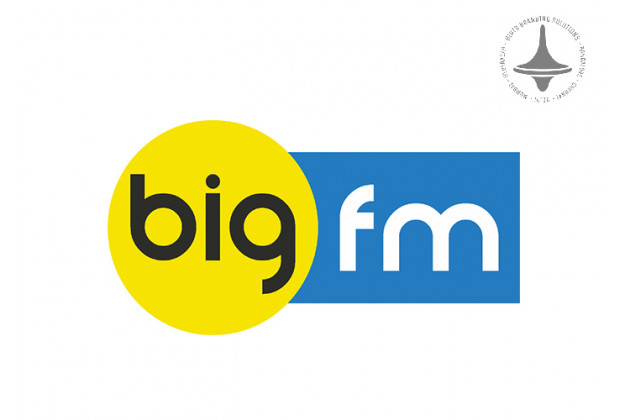Crafting Brand Identity | Resonates Across | Platforms | Digital

In today’s highly competitive digital landscape, brand identity is more than just a logo or color palette—it's the heart and soul of a business. It's how your audience perceives you, remembers you, and connects with you emotionally. But building a brand identity that resonates across platforms—whether it’s social media, your website, print ads, or packaging—requires strategy, consistency, and clarity.
Let’s dive into how to craft a powerful and cohesive brand
identity that shines across every touchpoint.
What Is Brand Identity?
Brand identity is the collection of all visual and verbal
elements that represent your brand. This includes your:
- Logo
- Typography
- Color
scheme
- Imagery
- Tone
of voice
- Tagline
- Core
messaging
When aligned properly, these elements create a recognizable
personality for your brand that speaks clearly to your target audience.
Why Multi-Platform Consistency Matters
Customers interact with brands in multiple places—Instagram,
websites, emails, product packaging, billboards, etc. If your brand feels
different across these platforms, it can cause confusion and weaken trust.
A cohesive brand identity ensures:
- Improved
brand recognition
- Stronger
emotional connections
- More
effective marketing results
- Increased
customer loyalty
Steps to Build a Brand Identity That Resonates Everywhere
1. Know Your Brand from the Inside Out
Start by defining:
- Your
mission and vision
- Core
values
- Brand
personality (Are you playful, professional, bold?)
- Unique
value proposition
Understanding this foundation helps you create an identity
that is authentic and sustainable across channels.
2. Create a Visual Language That Reflects Your
Personality
Your visual identity should echo your brand’s tone. For
example:
- A
luxury brand might use sleek typography and minimalist design.
- A
youthful brand might opt for bold colors and dynamic graphics.
Maintain visual consistency by creating a brand style
guide that covers:
- Logo
usage
- Font
styles
- Color
codes
- Image
guidelines
3. Develop a Distinct Voice and Tone
Your brand voice is how you communicate, not just
what you say. Is your tone friendly, informative, witty, or authoritative?
Make sure your voice is:
- Aligned
with your audience’s preferences
- Adaptable
for different platforms while retaining its essence
- Used
consistently by your team and content creators
4. Adapt Without Losing Core Identity
Each platform has its own content format and audience
behavior. What works on TikTok might not suit LinkedIn. So how do you adapt?
- Website:
Prioritize clarity, storytelling, and strong visuals
- Social
Media: Be interactive, human, and visually engaging
- Email:
Stay personal and persuasive
- Packaging
& Print: Reinforce your visual elements clearly
Adapting the style for each platform while keeping
your brand personality intact is the key to resonance.
5. Monitor and Evolve
A strong brand identity is not static. Monitor:
- Audience
feedback
- Engagement
analytics
- Visual
trends
Use these insights to fine-tune your branding strategy
without straying from your core identity.
Real-World Example: Nike
Nike’s brand identity is instantly recognizable across
platforms—from TV ads to Instagram Reels. The iconic swoosh, the “Just Do It”
slogan, and the empowering tone are consistent, no matter where you see them.
Their branding evokes motivation and strength, resonating deeply with athletes
and fans alike.
Final Thoughts
Crafting a brand identity that resonates across platforms is
about clarity, consistency, and adaptability. It’s about ensuring that your
brand speaks the same language—visually and emotionally—wherever your audience
encounters you.
Elyts Advertising and Branding Solutions | www.elyts.in (India) | www.elyts.agency (UAE)






















Leave a Comment